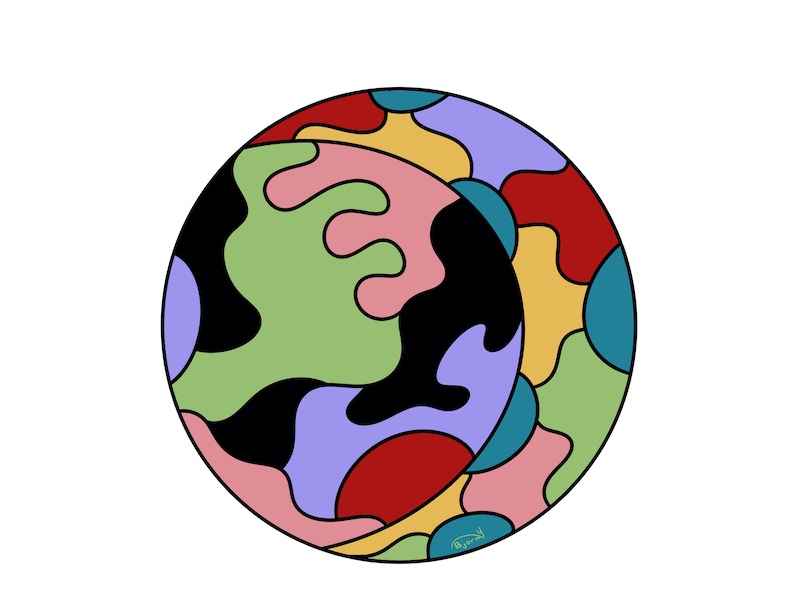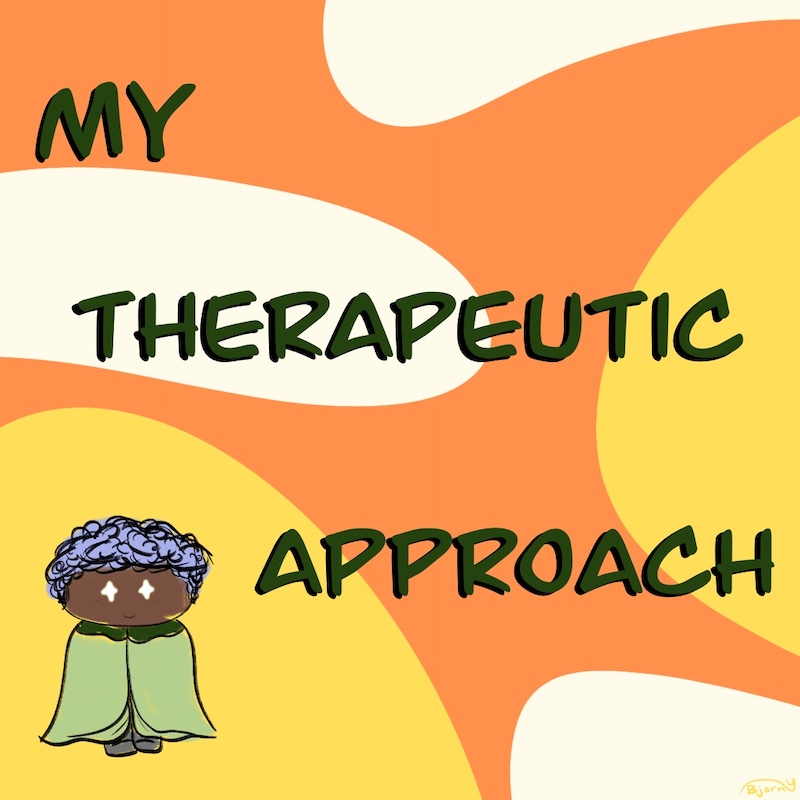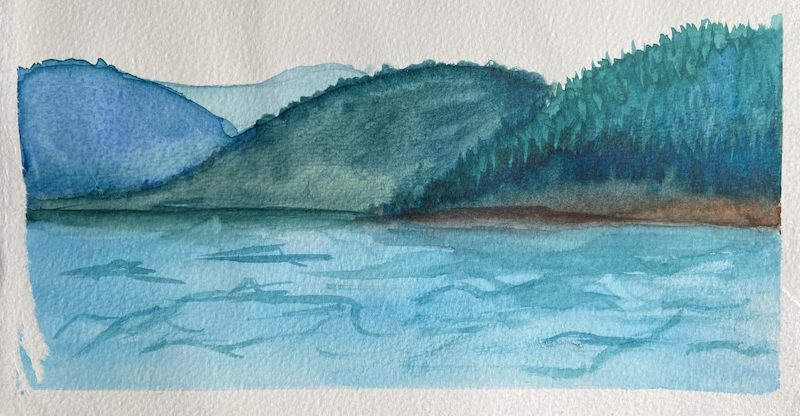With any position you hold, you most likely have a short description of it prepared for when anyone asks about what you do, commonly known as an elevator pitch. For more well-known positions, this may be enough for someone to understand your role but what happens if your field of work is new or more complex? Having a short response is necessary to have on hand but you also need to be prepared to answer follow-up questions and in some cases, defend your profession.
Art Therapy as an Example
Art therapy is a growing field and many people have yet to hear about it. Most art therapists will find themselves having to explain and defend their work to potential employers and people who are simply curious. With many clinics and organizations not yet utilizing art therapy, it is hard for art therapists to find jobs outside of private practice. Some art therapists have taken to reaching out to those sites in the hopes that they might consider adding an art therapist to their team. In this case, much more than an elevator pitch is needed.
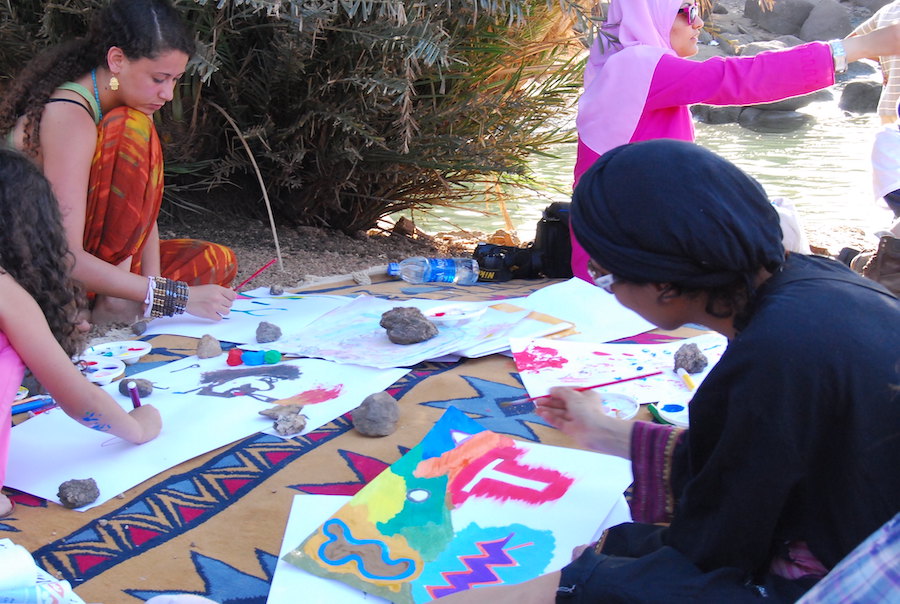
Representing Yourself
When I say that art therapy combines models of counselling with the creative process to facilitate healing and growth, that is only a snapshot of a complex profession that holds entirely unique experiences for each client. That statement does not contain the nuances and different processes that may be involved during an art therapy session.
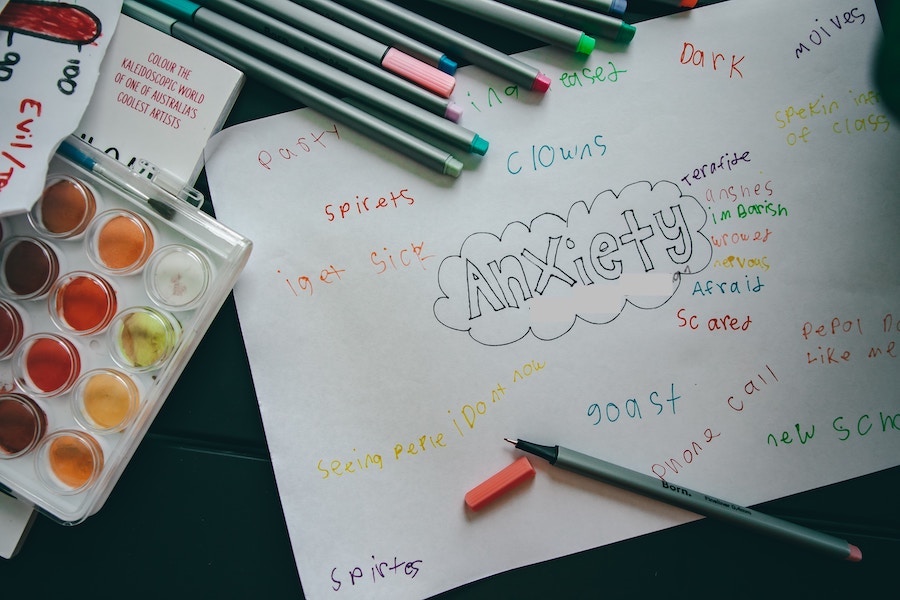
When it comes to representing yourself you need to be able to answer questions efficiently and professionally. Questions you might ask yourself when preparing might be:
- What is my definition of my profession?
- What is my approach and how adaptable is it?
- What does a session typically look like? What are the applications of my profession?
- What population do I work with? Think ages, genders, cultures, socio-economic status, specific mental or physical conditions, etc.
- What is my intake process? (new client procedure)
- How do you know when a therapeutic/professional relationship should end?
- What does current research say about my profession?
Common questions people ask about art therapy are:
- How is art therapy different from art class?
- How is art therapy different from “art therapy” colouring books?
- What is the difference between counselling and art therapy? What are the benefits?
- How can art therapy work for me?
- A question like this is the most important one to pay attention to when trying to promote yourself. It is easier for someone to see the usefulness of something when they can see it working for themselves.
- This cannot be answered so simply without knowing a client’s needs and goals. Short answer: It would be determined and explained in the intake process and explored in the initial sessions as art therapy is applied differently for each client.
- If I bought an art therapy directive book, what would be the difference between completing it on my own versus working with an art therapist instead?
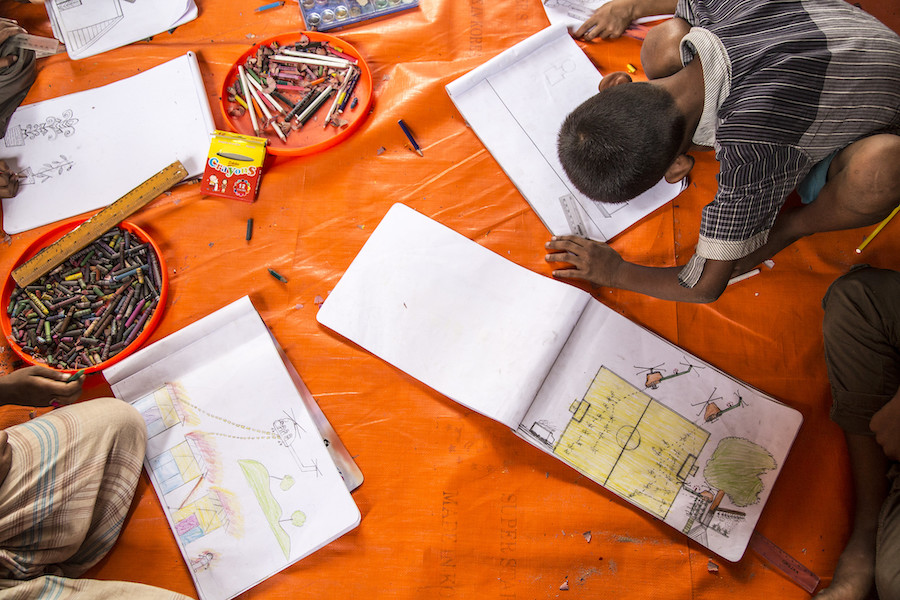
I will show how I would answer these questions later on in the article but please note that the answers will vary between different art therapists.
Be Prepared for the Unexpected
One night, I was out for dinner with some friends and we started talking about our jobs. One of them was familiar with the counselling process but had not heard of art therapy. At first, I gave my elevator pitch but they were curious to know more. As the conversation went on, it became clear that they did not see how art therapy could be effective. This caught me off guard as I was not ready to defend my profession at a casual dinner. I could feel the knowledge I needed retreating into the deep corners of my brain as the pressure set in with everyone waiting for my answers.
My friend’s questions revolved more around how art therapy could work for them. They also had a hard time understanding that an art therapy session is not the same as attending an art class or having someone supervise you while you make art. I talked about my approach to art therapy and how each art therapist ascribes to different psychological theories so the process would vary and also be tailored to the client’s needs. I also explained that similar to counselling, art therapy does not work for everyone. I did my best during this conversation, however, it ended with them still having a shaky belief in the effectiveness of art therapy.
After this conversation, I reflected on the questions and concerns that were raised so I could prepare myself for any similar situations in the future. Since I was caught off guard and didn’t have quick answers, I fear that contributed to my friend not taking myself or art therapy seriously. I honestly felt embarrassed that I had such a hard time since it made me feel that my profession was seen as a joke by someone close to me. Queue the imposter syndrome. I knew that what I have done so far with previous clients has been effective and made lasting impacts so I was able to find comfort in that. It is also near impossible to memorize every benefit and application of art therapy.
I want to take this time to acknowledge that in some cases, people have already made up their minds and there is not much or anything you can say to change it. Try not to be hard on yourself for not being able to gain someone’s support. Especially when you are unexpectedly on the defence.
Representing Myself as an Art Therapist
Below are my answers to the questions mentioned above. They will change as I progress through my career as I am a newcomer to this field. Again, the answers to these questions will vary between art therapists and it is common for clients to ‘shop around’ until they find an art therapist or counsellor that they connect and align with.
- What is my definition of art therapy?
- Art therapy is a mental health profession that combines models of counselling with the creative process to promote healing and growth. Through the use of art materials, personal exploration can lead to discoveries, understandings, and resolutions. No previous art experience is necessary!
- Follow up: Sometimes words can be limiting in their definitions and expressing through art can expand those boundaries. It can transcend the spoken word and serve as a non-verbal means of expression.
- What is my approach and how adaptable is it?
- I take an anti-oppressive, person-centred and postmodern approach. Sometimes I will provide an art directive and sometimes I will leave the session completely open for you to create whatever needs to be expressed, also known as an open studio approach. I will also work with you to identify what is positive and functional in your life so that we can nourish what keeps you well.
- I believe that you have the ability to bring the change you seek. You are the expert on your life and you have the power to take the session wherever you want. We will work together to find how much structure you require on your healing/growth journey.
- An art therapy session with me is tailored uniquely for each client. I recognize that what works for one person, may not work for the next and that could include utilizing a different theory and therapeutic approach.
- What does a session typically look like?
- This varies for each client but it typically starts with a check-in where we discuss anything the client wants to bring up since the last session and if there is something specific they wanted to address that day. This is then followed by the art making and then of course a discussion of that art and the process. For some, there is no discussion after the art if they feel that is enough for them and it aligns with the goals that have been set. Some also talk during the creation process.
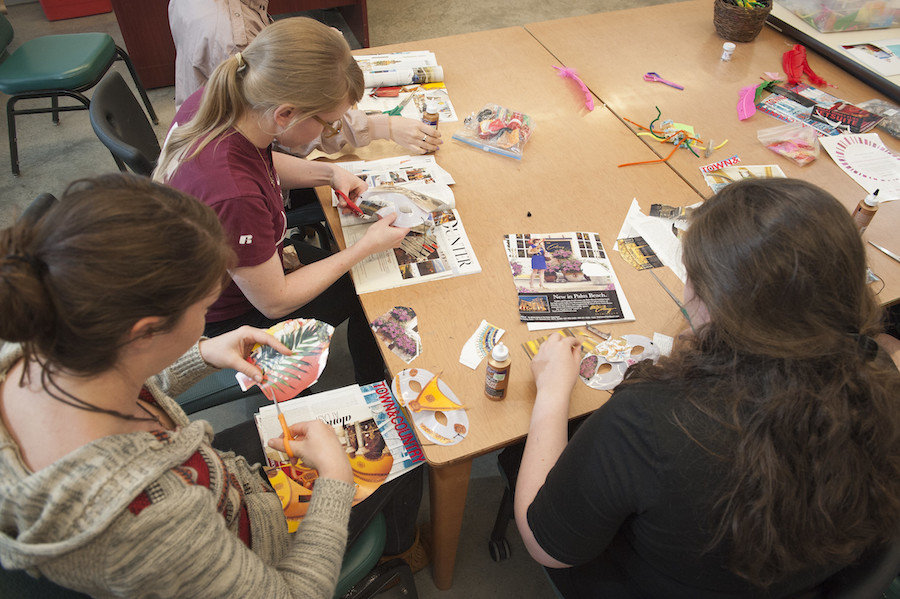
- What population do I work with?
- While my practicum experience was primarily with elementary school-aged children and some seniors, I plan on working with all ages in the future. This may change as I gain experience and move through life.
- What is my intake process?
- This question is unique to each therapist and depends on multiple factors. Some may choose to offer a short phone or video call consultation to conduct the intake. Some may choose to have an entirely self-serve digital intake process and then discuss it during the first session. Since I am still a student, I don’t have a personal answer to this question yet.
- How do I know when a therapeutic relationship should end?
- Ending a client/therapist relationship happens uniquely for each client. Sometimes the end date is set during the initial sessions and sometimes the ending is based on set goals. It is the art therapists job to make note on when benchmarks are being met or not.
- If progress does not seem to be happening, the treatment plan should be revisited and changed in the hope that it might be more effective. In some cases, a client may need to be referred to someone else.
- If art therapy is not effective with one art therapist, it does not mean the client should give up on art therapy. As I have mentioned before, everyone has a unique approach with different perspectives. Compatibility is important.
- What is the difference between counselling and art therapy?
- While counselling and art therapy share similarities, art therapy can provide a non-threatening alternative to traditional talk-based therapy. Themes and topics are explored through art making which can be less threatening and confrontational for some. While talking can be a part of an art therapy session, a session can be done in complete silence and still be effective.
- Art therapy can also address physical concerns and improve self confidence by increasing artistic abilities.
- Some people see both a counsellor and an art therapist to get support in multiple areas.
- What does current research say about my profession?
- The short answer here is that research shows art therapy to be effective on a similar level to counselling but existing studies are not capable of showing the true effectiveness of art therapy due to how they were conducted (research limitations).
- How is art therapy different from an art class?
- Hopefully after explaining the points above, one would understand that difference but to elaborate further, art therapists do not teach clients technique or evaluate the quality of the art. The focus is on the process and the content, not the quality. A safe space is created for clients to not feel intimidated to meet certain standards.
- How is art therapy different from ‘art therapy’ colouring books
- While colouring books can feel therapeutic and serve as stress diffusers, they are not the same as working with a trained professional toward growth and change. They can be a tool during the therapeutic journey but the process requires much more. This answer would be the same if you were to purchase a book full of art therapy directives.
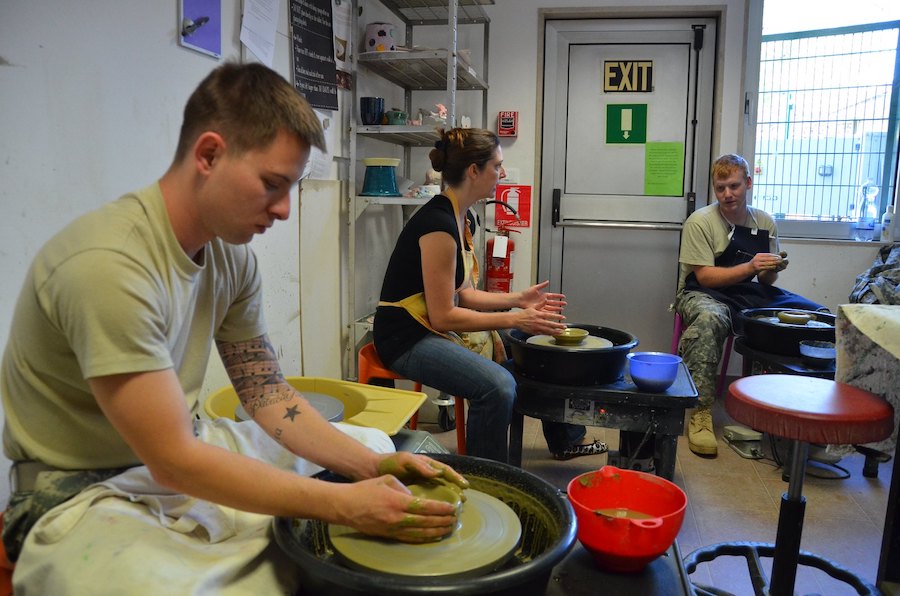
You may not ever need to get this in-depth during a regular conversation but it helps to be prepared. Throughout my conversations with people, I’ve noticed that the main issue people struggle to get over is that art therapy is a form of psychotherapy and not an art class.
Pay attention to what people ask you when you are first getting into your field of work. Take note of the most common questions and misconceptions so you can be prepared with answers in the future. If you have any other business tips or stories about defending your profession, feel free to drop them in the comments!
Art Prompt: Strengths Fan
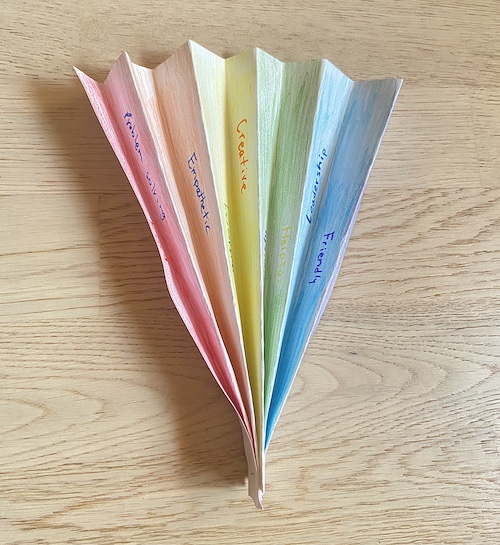
In this summer heat, you need a fan to keep you cool! What better way to beat the heat than fanning yourself with your own strengths that you have identified about yourself? Okay, air conditioning is pretty cool too.
Materials Needed
- paper (8.5 x 11)
- stapler or paperclips
- pens, coloured pencils, markers, etc
Instructions
- Fold the piece of paper alternating directions until you have an accordion like piece of paper.
- On each fold, think of and write a strength about yourself. Think about things that you are good at or important parts of your personality.
- Decorate the fan in any way you please
- Staple or paperclip the bottom to keep it together and you are ready to fan away
Reflections
This prompt is meant to help you think positively about yourself and identify how strong you are in various areas. Sometimes, the fan is left blank in some spots and that is okay. You may find yourself to be comfortable with the amount of strengths listed or you may use the blank spaces as inspiration to one day fill them with more strengths.
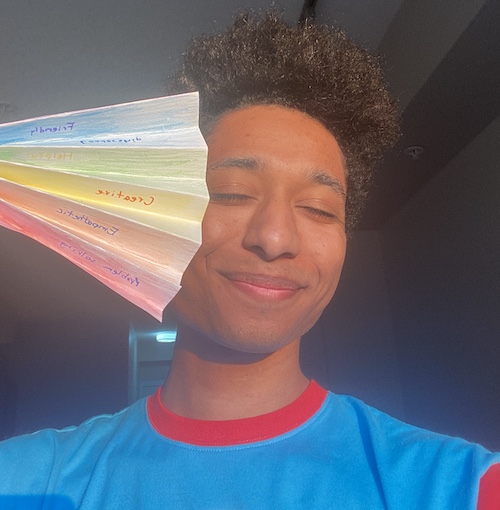
As usual, completing this is not equivalent to attending a session with an art therapist but is meant to give you a glimpse into what might be explored.
If you feel so inspired, share a comment below and share your strengths, tips and / or queries in sharing your elevator pitch. Thank you for reading!
